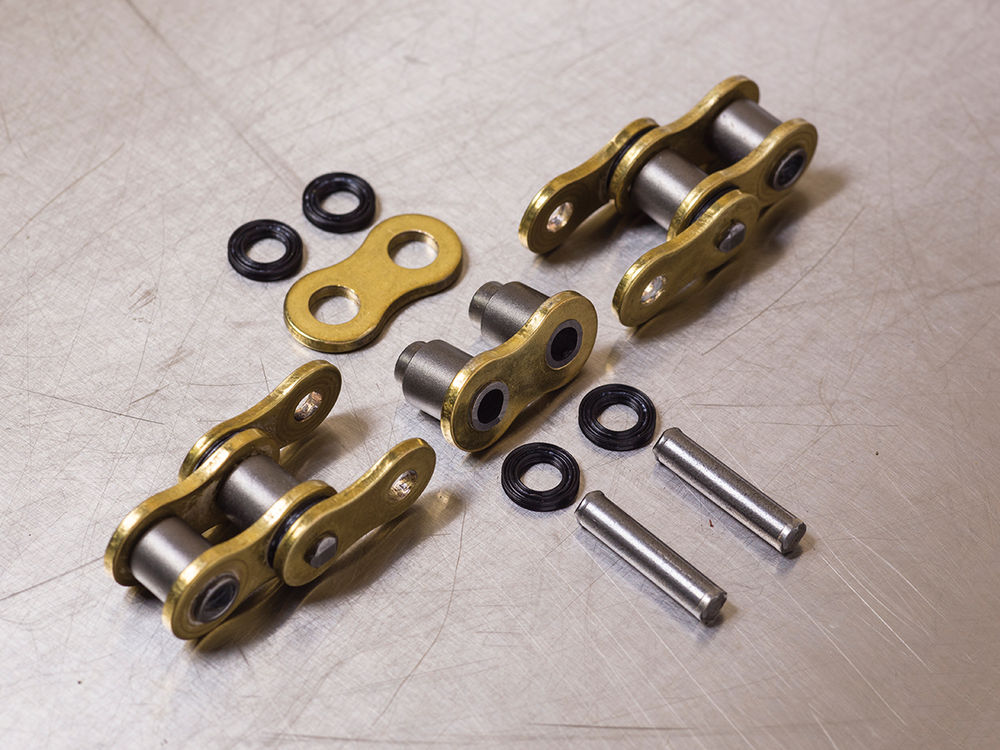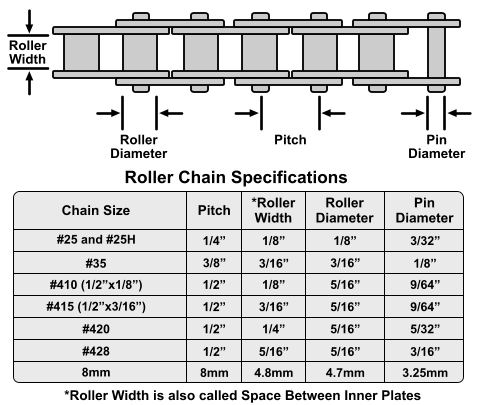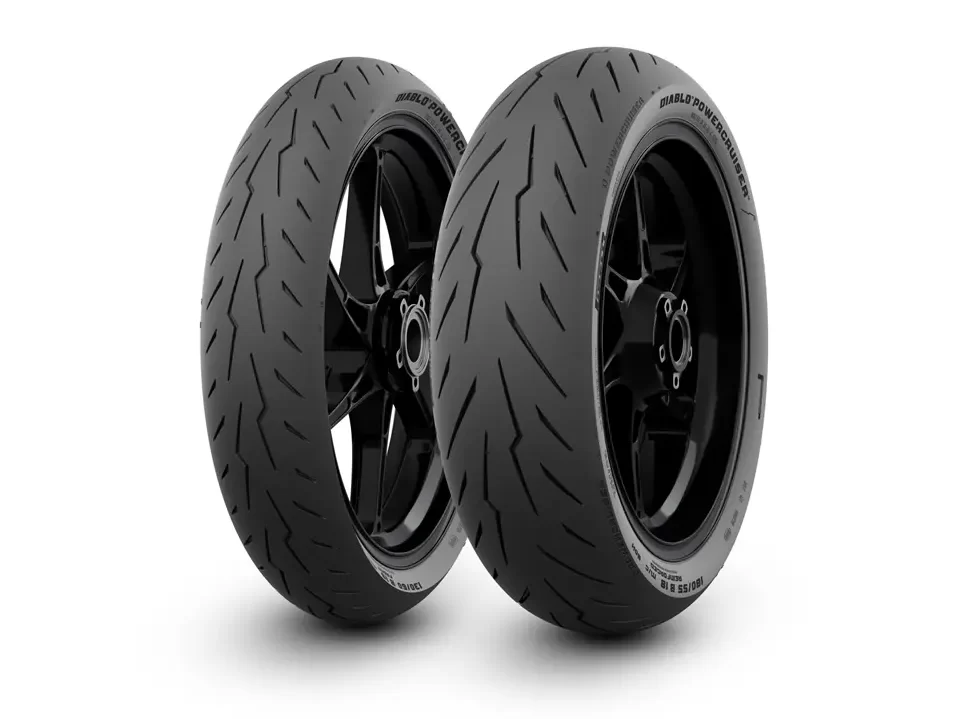-
The motorcycle chain is the most common type of final drive.
-
More specifically, it’s known as the “roller chain.”
-
There are also different sizes to consider.
The motorcycle chain is the most common type of final drive. More specifically, it’s known as the “roller chain.”
As with all motorcycle parts, there are plenty of misinformation and confusion about them, so let’s get down to the basics.
The parts
The roller chain is a series of interconnected pins (also called rivets). These pins are covered by cylindrical “rollers” that allow smoother running over sprockets. The rollers are held over both pins by “inner plates.” Next, unimaginatively called “outside plates” connect this one link to the adjacent link. These spaced connections leave holes for the teeth on sprockets to fill.
So far so good, right?
Grease or lubricant is usually filled under the rollers. This is why higher end chains have “O”- or “X”- or “XW”-rings to keep the lubricant inside.
The drivechain design has stayed the same since its invention because it operated on an elegantly simple principle. The only things that have changed are better metallurgy and sealing.
Sizes
What does it mean by a 520 chain? Or 525? Or 428?
The first number for example, “5” is from the pitch, which is the distance between the centre of the two pins. It’s a “5” in this case because it’s 5/8 of an inch. Yes, unfortunately chain sizes are stuck in in Imperial measurements.
Next, the 20 means the width of the roller.
Considerations
While both pitch and width are listed as ANSI standards, it’s best to buy chains according to the chain manufacturer’s recommendation for your bike, since the rollers may have different circumferences.




















